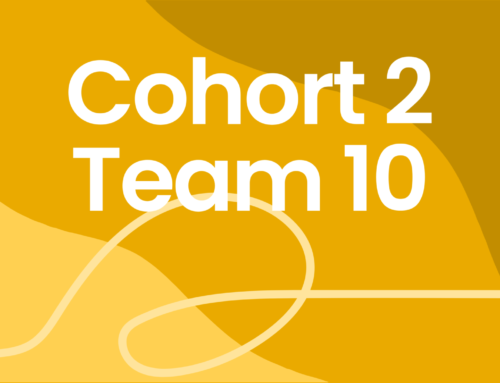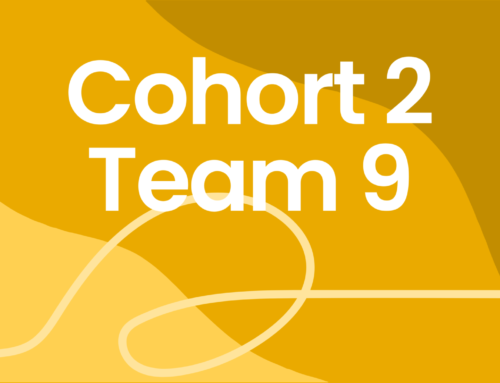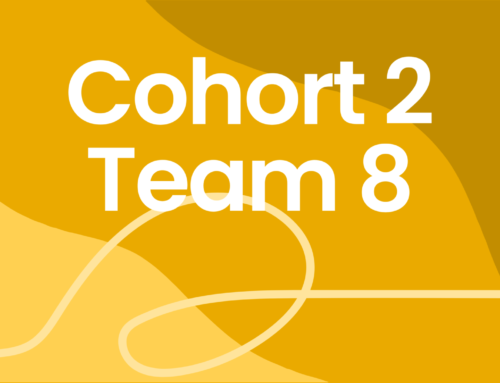Project Description
Removing Community College Website Barriers that Prevent Students from Accessing Employment and Transfer Information
May 31, 2022
Fellows:
Mario Owens, Lakeland Community College
Tracey Porter, Zane State College
Robert Weiler, Hocking College
Project Advisor:
Crystal Jones, Clark State College
Executive Summary:
The journey and pursuit of the American dream leads many individuals down a path of higher education endeavors, thus granting access to higher wage careers and middle-class status with upward mobility. For many students, this path brings them to community colleges with the intent of pursuing a certificate or degree that equips them for the workforce or allows them a seamless transfer into a four-year institution. Of those community college students, a large portion are often first generation, non-traditional and minority students who may have had minimal levels of exposure and access to higher education. Therefore, it is critical for community colleges to provide clear, well defined, and easily accessible information on their websites, regarding employment outcomes and four-year transfer options or articulations. However, it can be challenging for students to easily access accurate information on community college websites, and it is imperative that the content therein be viewed through the lens of the student’s perspective.
To address these challenges, this memo will recommend a scorable rubric for ease of access and usefulness of website content for both employment and transfer opportunities. This tool will allow new students to assess their institution’s website within the first week of their Introduction to College/First Year Experience course, thus offering the institution a student perspective wellness check of content. Additionally, we will also offer a checklist with a review and refresh rhythm to ensure optimal content is updated at recurring intervals. By ensuring that this critical information is both easily accessible and useful from the student’s perspective, we can positively influence the early intervention of career and transfer planning.
Cohort 2
2021-2022
Guided Pathways Pillar 1
Topic: Detailed information is provided on the college’s website on the employment and further education opportunities.






